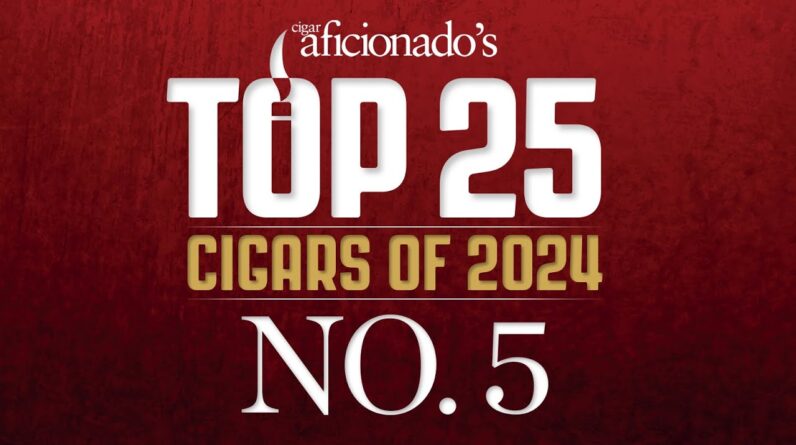Jon Carney, vice president of sales for La Flor Dominicana, talks about the company’s reintroduction of its Litto Gomez Diez line on the floor of the 2023 PCA Convention & Trade Show, a limited production cigar that was introduced in 2003 and was sold through 2015.
For more coverage of the PCA 2023 Convention & Trade Show, please visit: halfwheel.com
Twitter —
Facebook —
Instagram —
The Art of Smoking Cigars
Cigars have long been enjoyed for their complexity, elegance and finely nuanced flavors. They also provide a moment of enjoyment and relaxation, as well as social bonding. For cigar aficionados, the process of cutting, lighting and cuffing a cigar becomes an art form and a pleasure to be savored.
It is often said that more than 200 pairs of hands touch a single premium cigar before it ends up in your humidor. While that may be an exaggeration, the truth is that it takes a huge team of skilled hands to bring a high-quality cigar to market.
From seed selection to greenhouse cultivation, cigar tobacco goes through an exhaustive series of steps before it makes its way into the hands of a cigar maker. Once a cigar is created, it must be rolled, sorted for color consistency, aged and boxed. It is this last step that allows the cigar to reach its ultimate peak of flavor. At this point, a cigar is at its most mature and refined, and is free of any vegetal or raw notes that are the mark of underfermented or unripe tobacco.
Despite their naturalness, premium cigars do carry certain health risks, most notably a risk of oral cancer and lung damage. However, a recent study of 250,000 government-insured smokers found that light to moderate cigar smoking had practically zero negative effects on a person’s health, compared to cigarette smoking. This is especially true when the cigars smoked are of high quality and in moderation.






